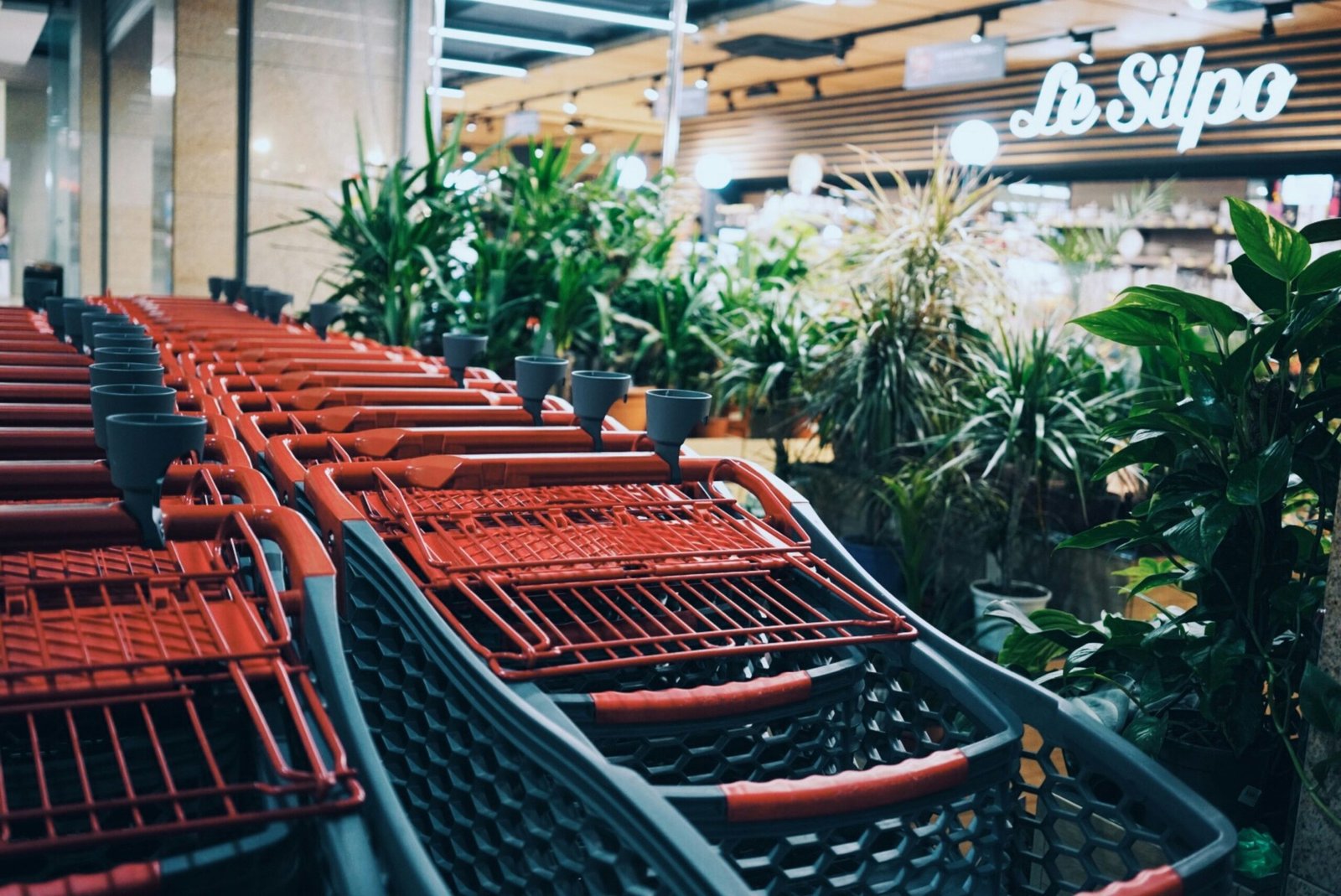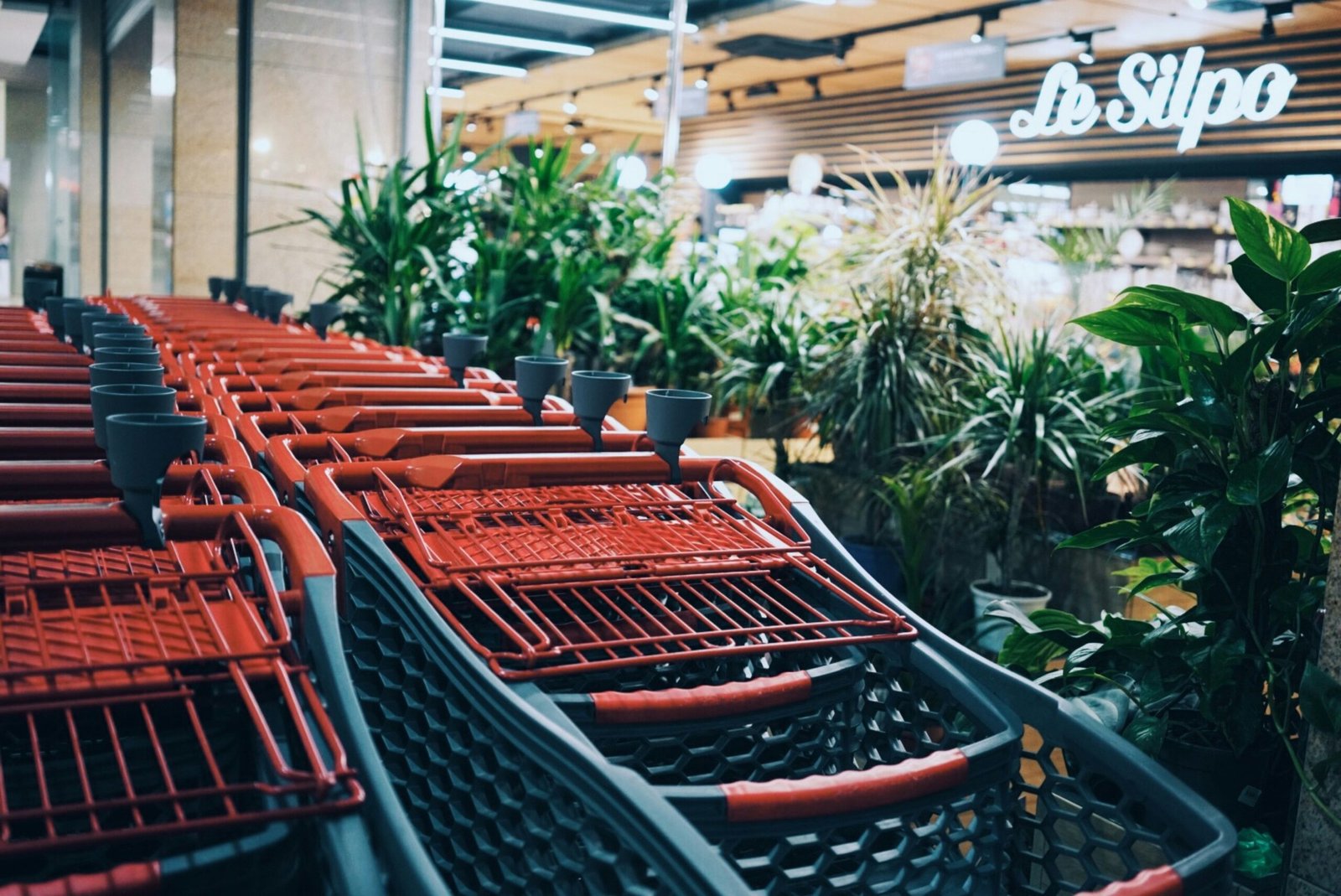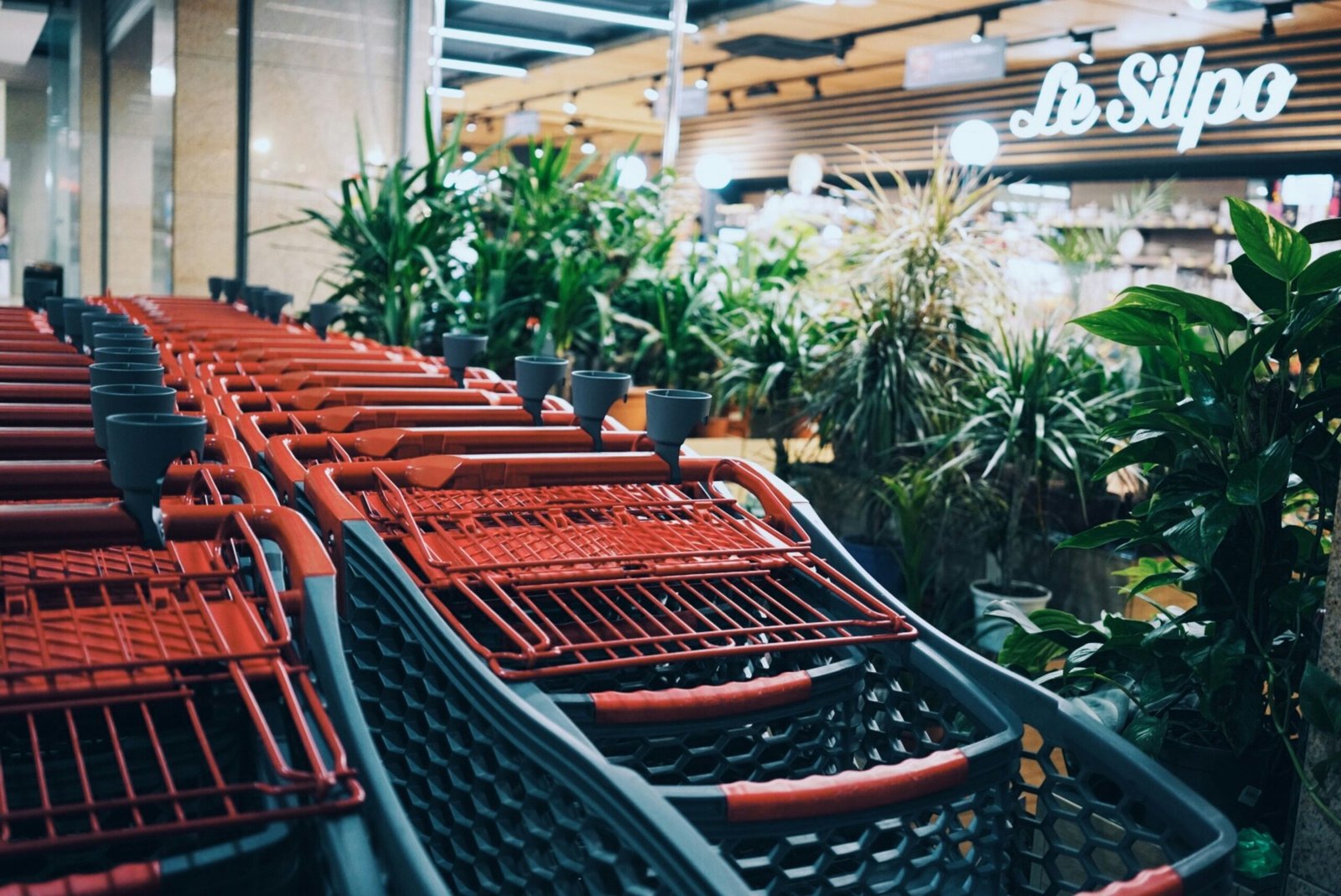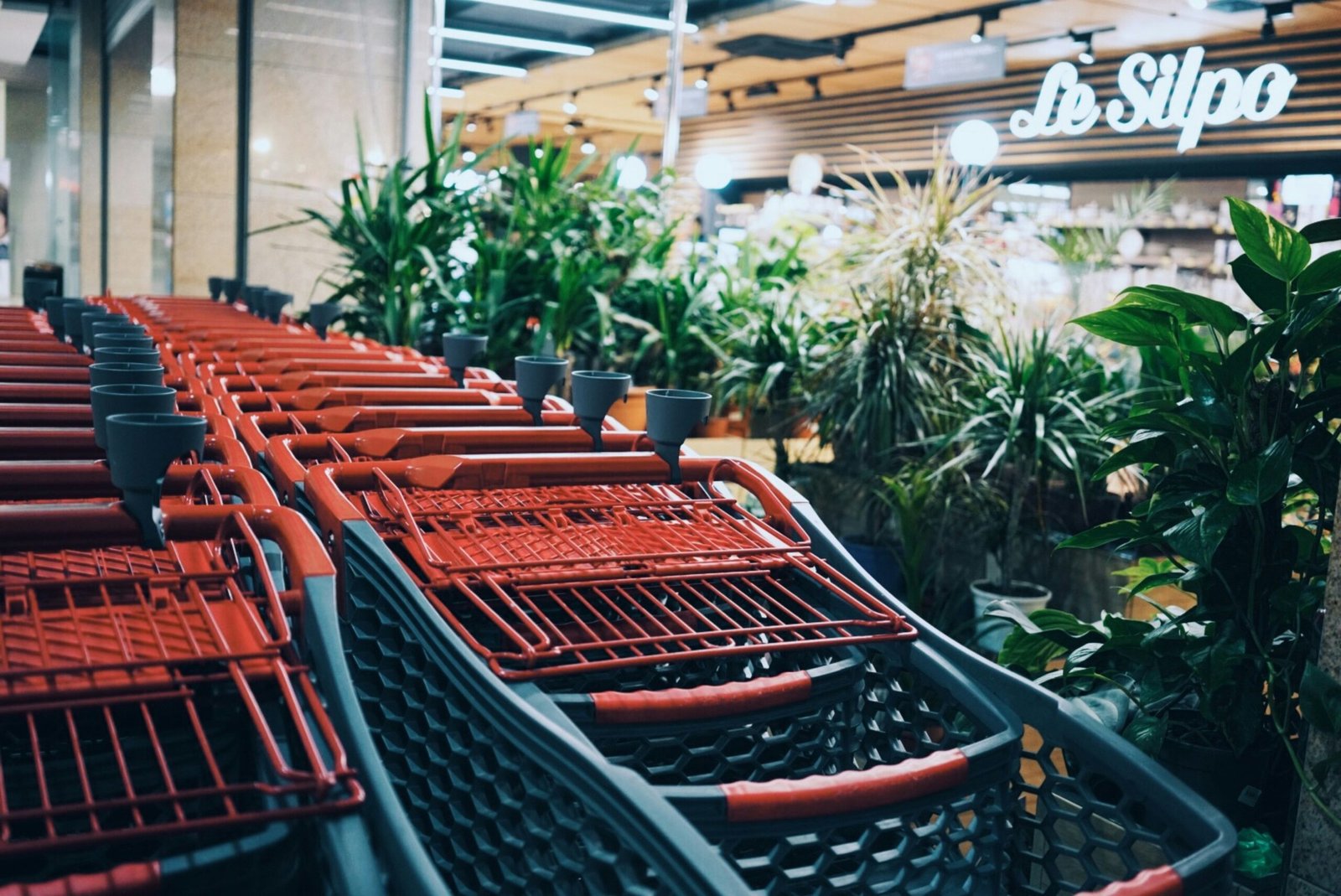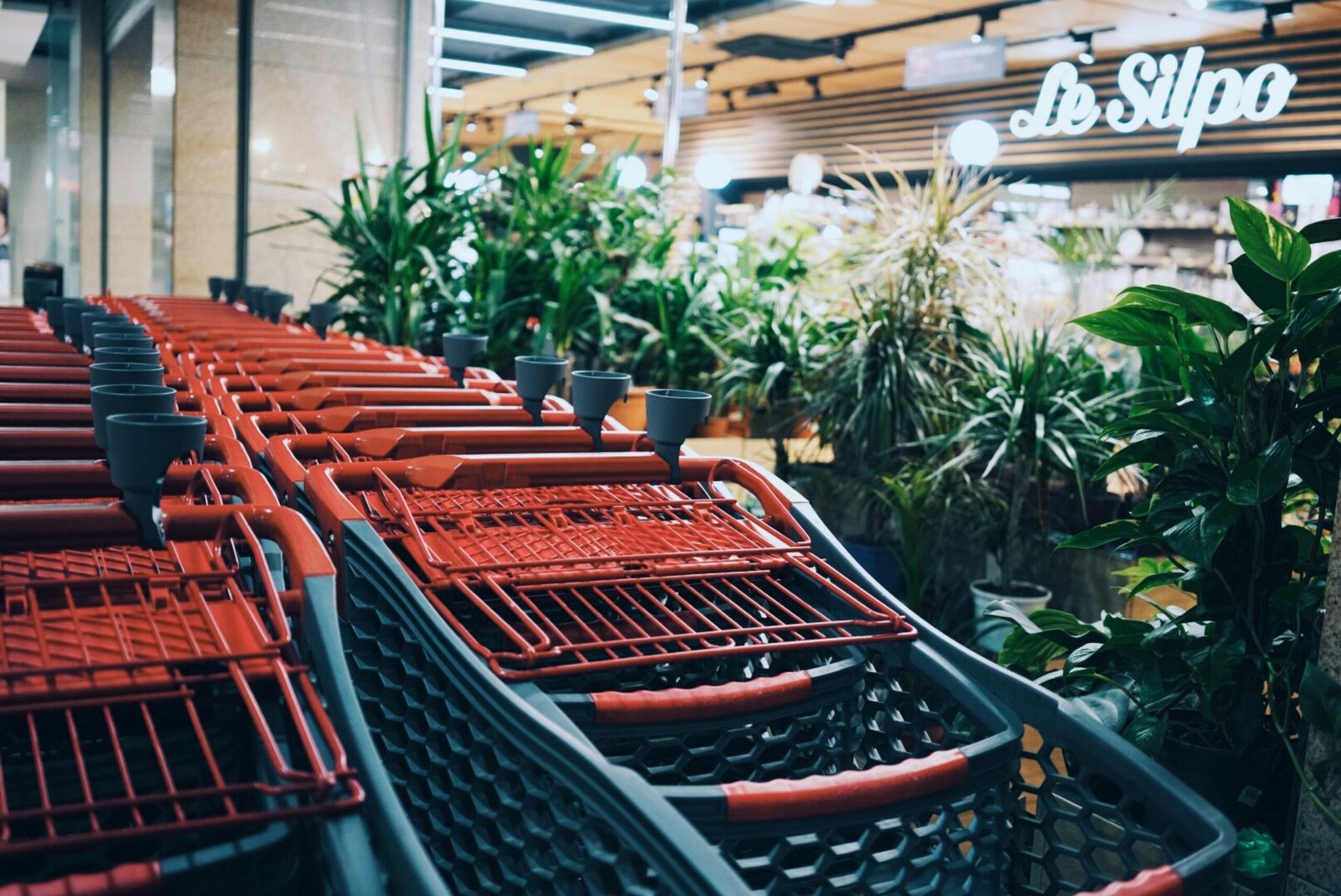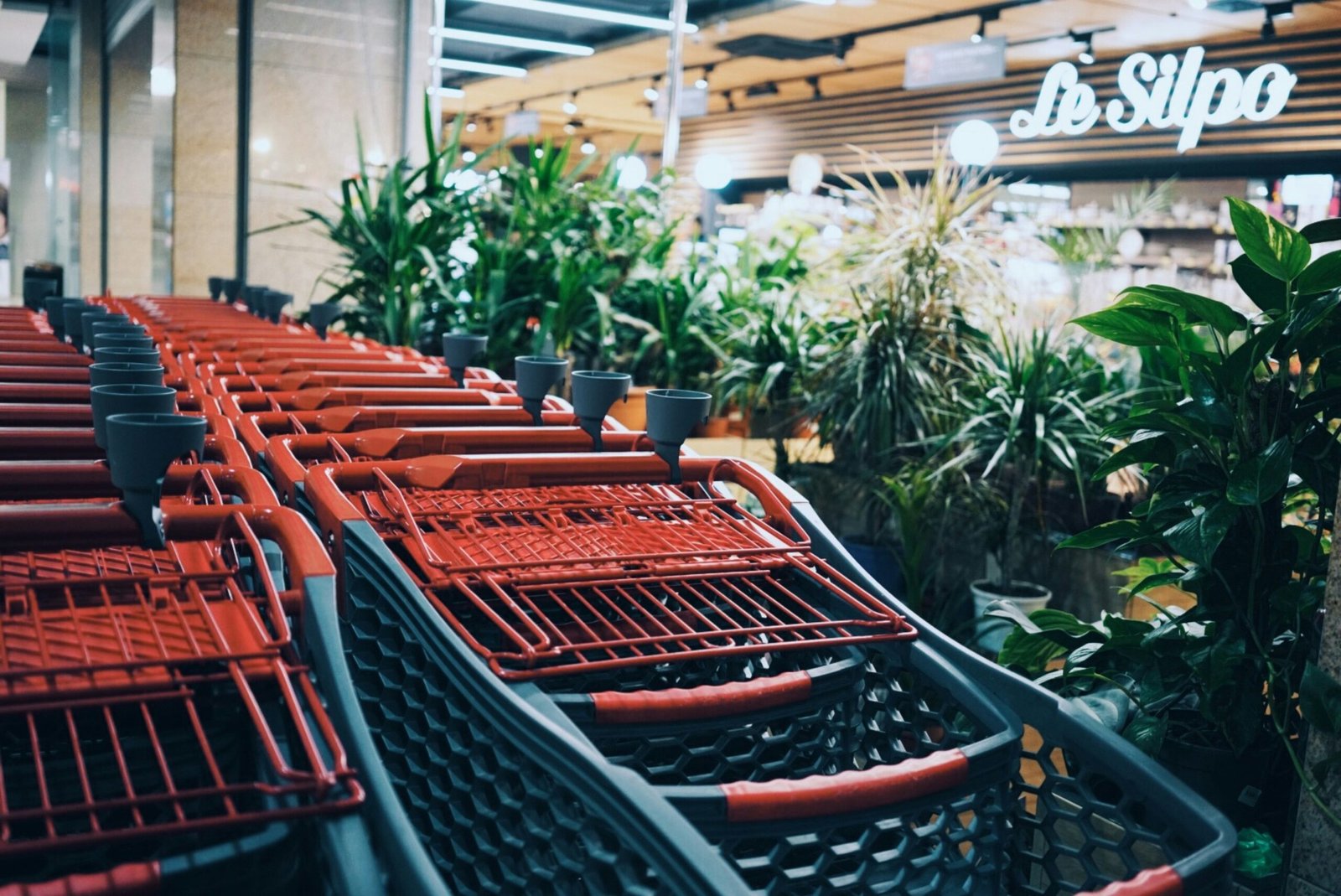Table of Contents
Introduction: Traveling with Plants
As modern lifestyles blend with a rising appreciation for greenery, more individuals are choosing to travel with their beloved plants. Whether it’s a cherished succulent or a unique botanical gift, travelers are increasingly conveying their greenery companions across borders. However, this trend, while growing in popularity, comes with its own set of challenges and considerations.
Airline and country regulations regarding the transport of plants vary significantly, and understanding these rules is critical to ensure a smooth travel experience. Many countries impose strict quarantine measures to prevent the spread of pests and diseases through plant transport. Furthermore, airlines have specific policies about carrying plants on board, which can encompass factors such as size, packaging, and types of plants allowed.
Nurserykart.in, a leading online plant store, often encounters customers seeking advice on plant transportation. The nuances of each journey can be vast: a domestic flight might have entirely different regulations compared to an international one, not to mention the additional layers of import and export laws of each country involved. Such intricacies make it essential for travelers to be well-informed.
This comprehensive guide aims to demystify the process of carrying plants on planes. We will delve into airline policies, necessary documentation, and practical tips for ensuring your plants’ wellbeing during travel. Whether you are relocating, visiting family with a green souvenir, or simply cannot bear to part with your favorite foliage, this article will provide you with the knowledge required to navigate traveling with plants.
Through the insights shared, our goal is to help you plan meticulously, ensuring both your journey and your plants’ journey are as seamless as possible. With accurate information and a bit of foresight, your plant travel experience can indeed be a thriving one.
Airline Policies and Regulations
When planning to bring plants on a plane, understanding the policies and regulations set by airlines is crucial. Most major airlines permit the transportation of plants, but their requirements and restrictions can vary significantly. Typically, airlines classify plants into three categories: flowers, potted plants, and cuttings. It’s essential to check your specific airline’s guidelines to ensure compliance.
For instance, flowers are usually the most straightforward to transport, provided they are free from pests and disease. Potted plants may require more attention due to the presence of soil, which can harbor insects and pathogens. Cuttings, on the other hand, often need to be wrapped in damp paper towels and plastic to prevent drying out during the flight.
Packaging requirements generally dictate that plants must be securely contained to prevent any movement or damage during transit. This often means placing them in sturdy, leak-proof containers. Additionally, it is advisable to wrap the pots in plastic to prevent soil spillage. The plants should also be labeled correctly with both the common and botanical names for easy identification.
Restrictions can also include limits on the size and weight of the plant containers. Some airlines may have specific policies that ban the transportation of plants altogether, especially on international routes where customs regulations can be more stringent. It’s worth noting that individual countries may have their own agricultural import regulations, which must be adhered to upon arrival.
To avoid any complications, it is recommended to contact the airline directly well in advance of your travel date. Many airlines have detailed information available on their websites, which can provide guidance on their specific regulations. Websites like nurserykart.in can also offer valuable insights and tips for traveling with plants.
In summary, while most airlines accommodate the transportation of plants, understanding and adhering to their specific policies and packaging requirements is essential to ensure a hassle-free journey. Checking with the airline and making appropriate preparations can save time and prevent potential issues during your travel.
Country-Specific Regulations
When traveling internationally with plants, it is crucial to be aware of the country-specific regulations that govern plant transportation. Countries have varying restrictions and requirements to protect their ecosystems from invasive species, pests, and diseases. Therefore, it’s essential to verify the guidelines of your destination country before packing your cherished plants.
Most countries mandate that you check with their agricultural department or customs office to understand the specific regulations in place. These departments are typically the definitive source for accurate and up-to-date information. For instance, nurserykart.in should be consulted to understand India’s regulations, as they provide comprehensive guidelines tailored to such queries. This includes verifying whether the plants you wish to bring are on the restricted or prohibited list of the destination country.
Moreover, necessary documents such as phytosanitary certificates and import permits are often required for the legal importation of plants. A phytosanitary certificate is usually issued by the plant protection organization of the exporting country and confirms that the plants meet the phytosanitary import requirements of the importing country. On the other hand, an import permit is often required to provide permission to import controlled commodities. These documents should be obtained well in advance to ensure compliance and avoid potential penalties or confiscation of your plants at customs.
In addition to these documents, it is also beneficial to inquire about any specific treatments the plants may need before entry, such as fumigation or quarantine. Some countries may also have additional border controls or inspections that you’ll need to be prepared for. Keeping all these factors in mind will not only make your travel hassle-free but also help safeguard the ecological balance of your destination.
By taking the necessary steps to comply with country-specific regulations, you not only ensure the legality of transporting your plants but also contribute positively to global agricultural health and biosecurity.
Preparing Your Plant for Travel
Embarking on a journey with a cherished plant can be a daunting yet rewarding task. Proper preparation is essential to ensure that your plant arrives at its destination in optimal health. The initial and arguably most crucial step involves selecting the right pot. Opt for a pot that’s both lightweight and sturdy, ideally made from plastic rather than ceramic or terracotta, to avoid unnecessary weight and potential breakages. Ensuring adequate drainage within the pot is equally important, as this will prevent waterlogging during transit.
Next, consider pruning your plant. Trimming back excess foliage not only reduces the risk of pest infestation but also minimizes water loss. This step is particularly important for larger plants, as it makes them more manageable for handling and transport. For those unfamiliar with plant maintenance, platforms like nurserykart.in offer valuable resources on effective pruning techniques suitable for various plant species.
Another crucial factor to address is safeguarding your plant from damage during the journey. Employing soft materials such as bubble wrap or foam padding around the pot can provide a buffer against turbulence. Additionally, securing the plant’s stems and branches with gentle ties can prevent breakage. It’s equally beneficial to place the potted plant inside a slightly larger box, cushioning any gaps with packing material to restrict movement.
Maintaining hydration is paramount for your plant’s wellbeing. However, excessive moisture can be detrimental during a flight. To strike a balance, water the plant thoroughly a day before travel, allowing any excess water to drain out. For longer flights, consider using water-absorbing crystals or moistening the soil with a small amount of water gel. These solutions help retain moisture without causing waterlogging, providing a consistent hydration source as explained in detail on nurserykart.in.
In summary, meticulous preparation is key to a seamless traveling experience with your plant. By following these steps — choosing an appropriate pot, pruning effectively, safeguarding the plant, and maintaining proper hydration — you can ensure that your botanical companion withstands the journey and flourishes in its new environment.
Packing Tips for Plant Transportation
Transporting plants by air requires careful preparation to ensure they reach their destination safely. When planning to take your cherished greenery aboard a flight, start by selecting appropriate containers. Sturdy, lightweight pots are ideal; however, if your plant is too large to fit comfortably, consider trimming it to a more manageable size.
Next comes the use of cushioning materials. Plants are delicate and susceptible to damage from movement. Surround the pot with protective padding such as bubble wrap, foam, or shredded paper to shield against shocks and vibrations. Pay particular attention to the roots; cover them with moist sphagnum moss, paper towels, or similar materials to keep them hydrated and stable.
Securing the plant to prevent movement during transit is essential. Use a sturdy box that fits the plant snugly without squeezing it. Adequately tape the box’s seams and reinforce the base to avoid any accidental openings. It’s also advisable to place ‘This Side Up’ labels prominently on the box to guide baggage handlers.
Labeling your plant box is crucial for easy identification and special handling. Attach a clear label with your contact details, the destination address, and a note indicating the fragile nature of the contents. Additionally, include a plant care guide to aid anyone handling the plant in ensuring its wellbeing.
Lastly, remember to declare the plant at airport security checkpoints. Regulations vary between countries and airlines, so research the guidelines pertaining to your specific route beforehand. Pack and prepare any necessary documentation, such as phytosanitary certificates, to expedite security checks.
These steps collectively create a robust protocol for plant transportation, ensuring that your botanical companions arrive safely. Proper packing tips not only diminish the risk of damage but also contribute to making nurserykart.in customers and users more well-prepared for air travel with plants.
When traveling with plants, navigating airport security can present a unique set of challenges. The Transportation Security Administration (TSA) has specific guidelines that must be followed to ensure a smooth and hassle-free screening process. The first and most crucial step is to familiarize yourself with TSA regulations regarding plants. Generally, plants are allowed through security checkpoints, but they must pass through the X-ray machine for screening.
One of the primary challenges travelers might face is ensuring that their plants do not have pests or are carrying diseases that could be a concern. To mitigate this, it’s advisable to have documentation that confirms the plant’s health. Certificates from plant health authorities or nurseries like nurserykart.in can be useful as they provide verification of the plant’s condition. Additionally, certain plants are subject to specific rules about soil and containers, which must be adhered to avoid confiscation.
Informing TSA agents in advance about the plants you are carrying is also a strategic move. When you approach the security checkpoint, notify the agents so they can take the necessary precautions while handling your plants. This reduces the risk of damage and streamlines the screening procedure.
Preparation is key to overcoming the hurdles of bringing plants through airport security. Ensure that your plants are packed securely to avoid spillage or damage, and be ready to remove them from their containers if required by security personnel. Understanding and preparing for these potential challenges can make the process relatively straightforward.
By following these suggestions, you can enhance the likelihood of a smooth security experience, ensuring that your plants remain safe and undamaged throughout your journey.
Tips for Long-Haul Flights with Plants
Traveling with plants on long-haul flights can be a challenging endeavor, necessitating thorough preparation to ensure their well-being throughout the journey. Understanding the environmental factors, notably temperature and air pressure within the aircraft cabin, is crucial for maintaining plant health.
Firstly, it’s important to recognize the varying cabin conditions. Airplanes are usually kept at colder temperatures, often ranging between 60-75°F (15-24°C). Therefore, it’s advisable to insulate your plants adequately to keep them warm. Consider wrapping the pots in bubble wrap or packing them in insulated boxes. nurserykart.in offers a range of plant packaging solutions that cater specifically to such needs.
Air pressure changes in aircraft cabins can also affect your plants. To mitigate potential stress, ensure that the pots are well-drained to prevent waterlogged roots that might result from pressure differences. Avoid watering your plants excessively before travel, as they can retain moisture more effectively in lower temperatures.
During layovers or delays, your plant’s health can be preserved by temporarily unpacking them if possible, allowing for some fresh air circulation. Carry a small misting bottle to keep the foliage hydrated, as cabin air can be particularly drying. The humidity level inside an aircraft typically falls below average room humidity, which is around 20-30%. A gentle misting helps maintain moisture levels until you reach your destination.
Furthermore, choosing the right plant species to travel with can make a significant difference. Hardy plants that require minimal water and are resilient to varying temperatures, such as succulents or snake plants, are preferable for air travel. Additionally, nurserykart.in provides useful information on plant care for different species, which can help in selecting the most suitable companions for your journey.
In summary, preparing adequately for long-haul flights with plants involves understanding the unique environmental conditions of an aircraft cabin and taking proactive steps to mitigate their effects. By following these tips, you can significantly improve the likelihood of your plants arriving healthy and vibrant at your destination.
Buying Plants Online: A Convenient Solution
The advent of online shopping has revolutionized the way we purchase everyday items, and plants are no exception. For plant enthusiasts, particularly those who travel frequently, buying plants online can be a significantly more convenient option. One notable platform in this space is nurserykart.in, an exemplary online store that offers an extensive range of plants suited for various needs and preferences.
Nursery Kart stands out by offering a vast selection of plants, from indoor foliage to exotic species, ensuring that there is something for every plant lover. This diverse inventory allows customers to find exactly what they are looking for without the limitations imposed by local nurseries. In addition, each plant listed on Nursery Kart comes with detailed descriptions and care instructions, helping buyers make informed decisions.
Quality assurance is another crucial benefit of shopping from nurserykart.in. The online store takes great care in sourcing its plants from reputable growers, ensuring that each plant is healthy and free from pests or diseases. This level of quality control provides peace of mind to buyers, knowing they are investing in durable, thriving plants.
Ease of delivery is a significant advantage when you order plants from Nursery Kart. The platform’s seamless delivery service ensures that plants arrive at the doorstep of the buyers swiftly and in excellent condition. This convenience is particularly beneficial for frequent travelers who may not have the time to visit multiple local nurseries.
Moreover, buying plants online from platforms like Nursery Kart eliminates the hassle of transporting plants, especially when flying. Travelers can enjoy the convenience of receiving their plants directly at their home, thus avoiding the complexities associated with air travel regulations and plant transportation.
Overall, for those seeking a practical and efficient way to expand their plant collection, purchasing from an online plant nursery like nurserykart.in offers a myriad of benefits. The ease, quality assurance, and wide selection make it a solid choice for plant enthusiasts around the globe.


